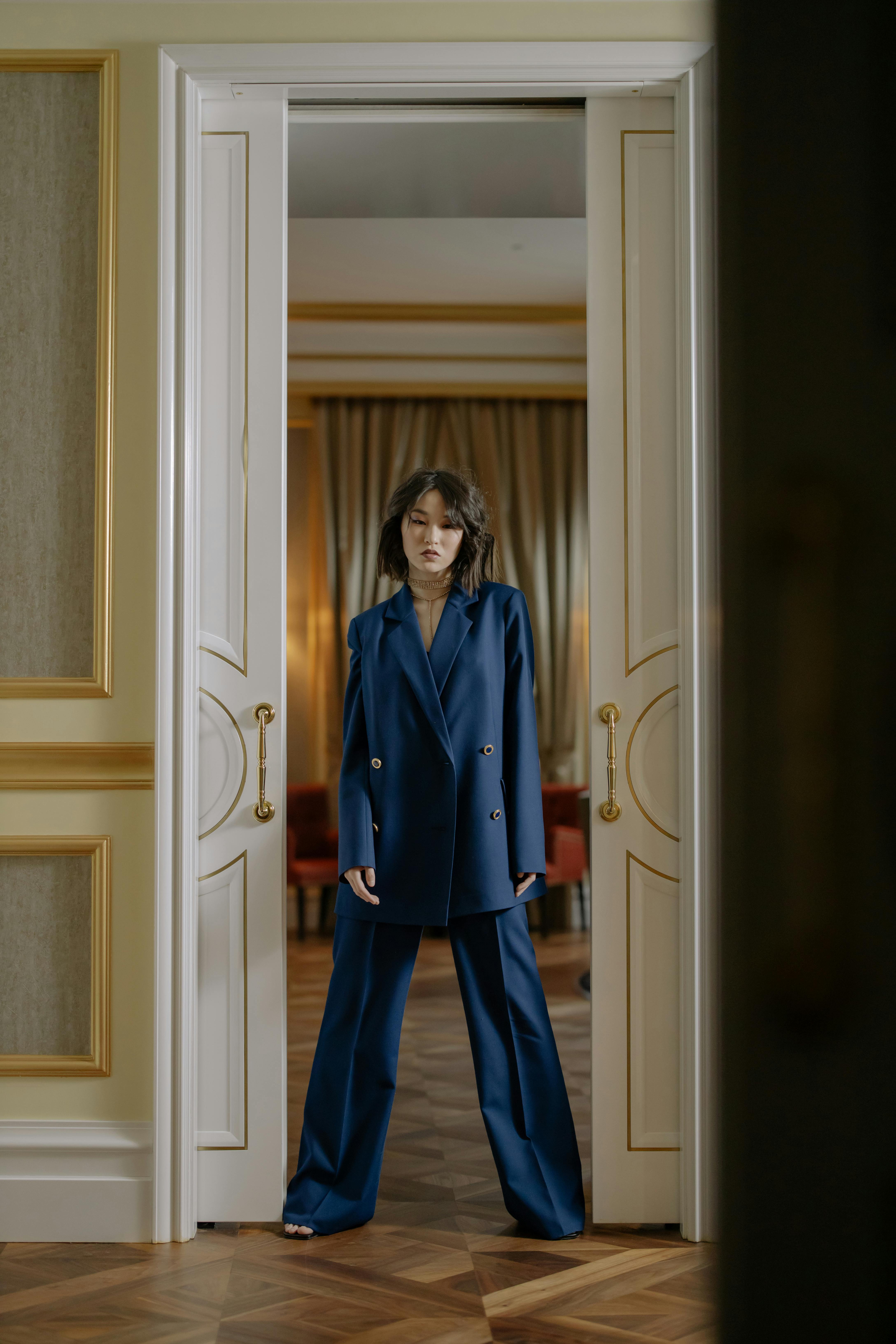In the Philippines, bride customs vary depending on the region, spirituality, and ethnicity. For instance, some lovers make a exclusive sticky corn bread or perform standard religious rituals. Many lovers offer anything akin to a rehearsal dinner https://www.visme.co/ for their friends in a more contemporary building.
Filipinos even have wedding sponsors or “aunties and uncles,” while the majority of people will have a maid of honor. These special guests are known as the “ninang” or “ninong” for the bride, “ninong” for the groom, and “ninong” for the groom. They perform ceremonial rituals like wire ceremonies and gold ceremonies.
In the Philippines, seeking familial approval is a large part of the marriage custom. In front of the rest of the wedding guests and occasionally even the priest, the ninang or ninong gently touch their parent’s hand to their own forehead https://asiansbrides.com/filipino-cupid-review/, although this is n’t always done during the ceremony itself. They are acknowledging that they are giving their daughter to their companion and display appreciation for their families.
Another significant bridal festival is known as the pamamanhikan. This crucial stage of a married couple’s relationship is significant because it embodies the man’s commitment to his coming sister’s union with her family. The woman’s community finally accepts his suggestion.

In Philippine weddings, the aras or arrhae is a well-known mark. It is a marriage ornament with thirteen coins, which represent the couple’s good health, wealth, and fortune. It is typically carried by a cute coin recipient. During the meeting, the man places the aras or arrhae on the bride’s palm.


 Tầng 8, tòa nhà Kim Hoàn, lô D14, khu đô thị mới Cầu Giấy, quận Nam Từ Liêm, thành phố Hà Nội
Tầng 8, tòa nhà Kim Hoàn, lô D14, khu đô thị mới Cầu Giấy, quận Nam Từ Liêm, thành phố Hà Nội 0868 373 561
0868 373 561 trungcatam.net@gmail.com
trungcatam.net@gmail.com